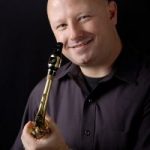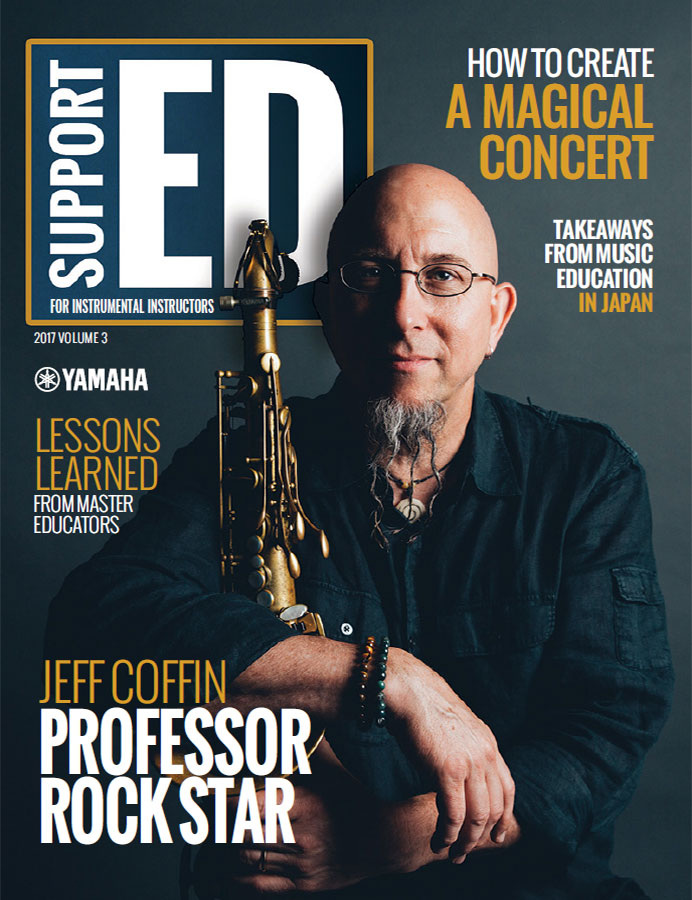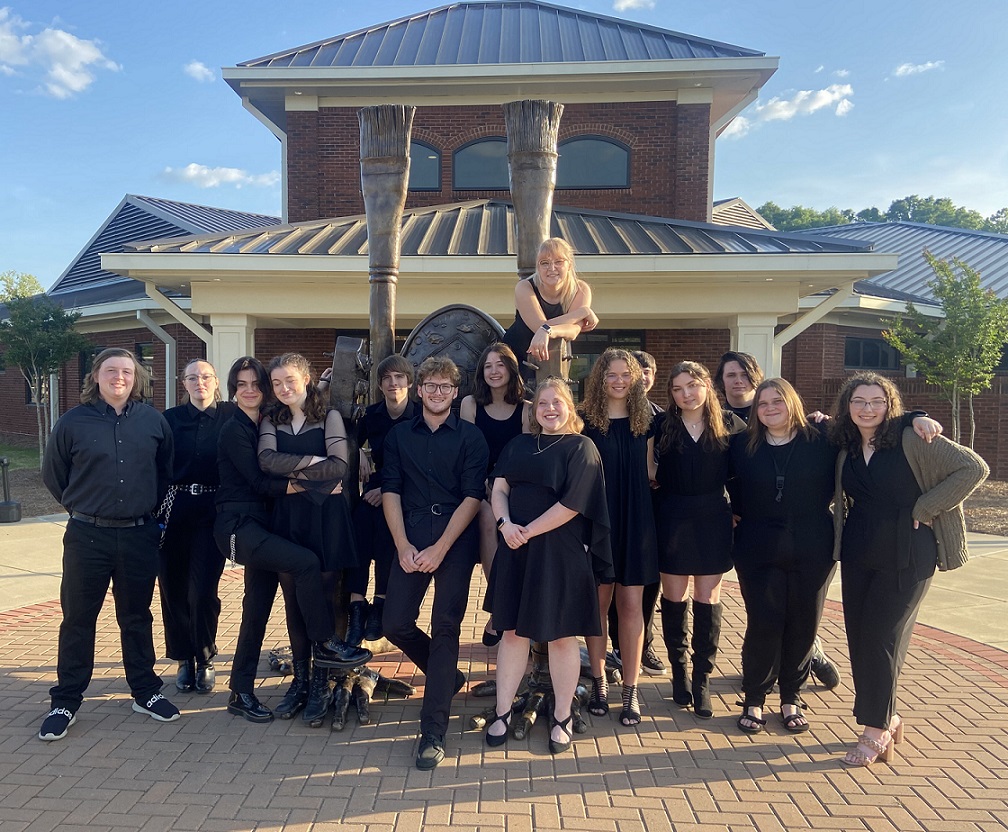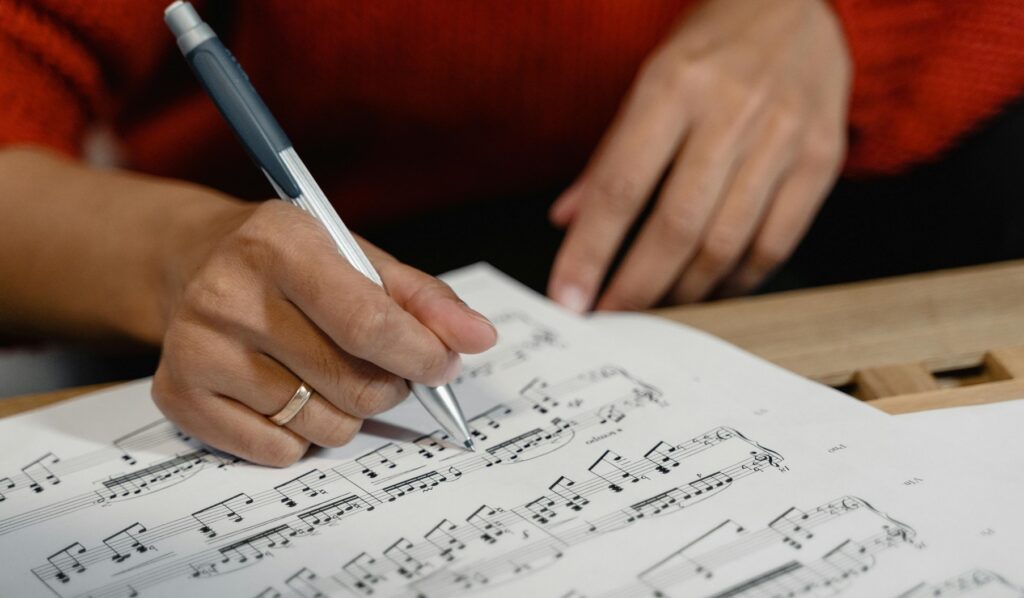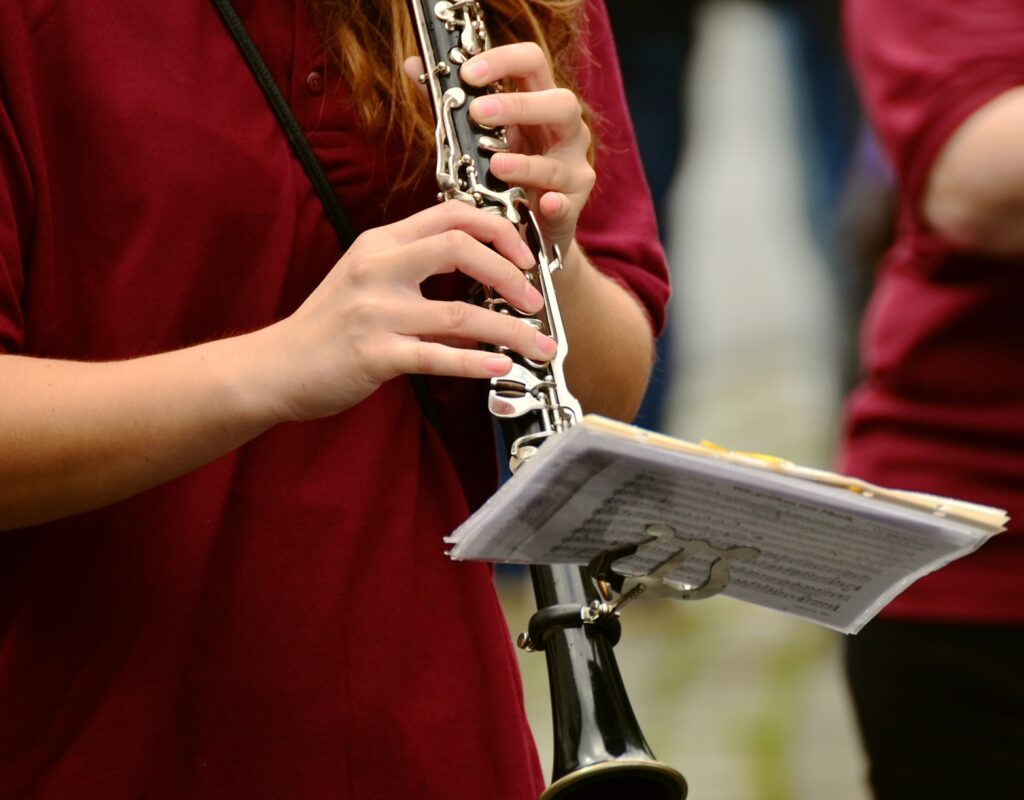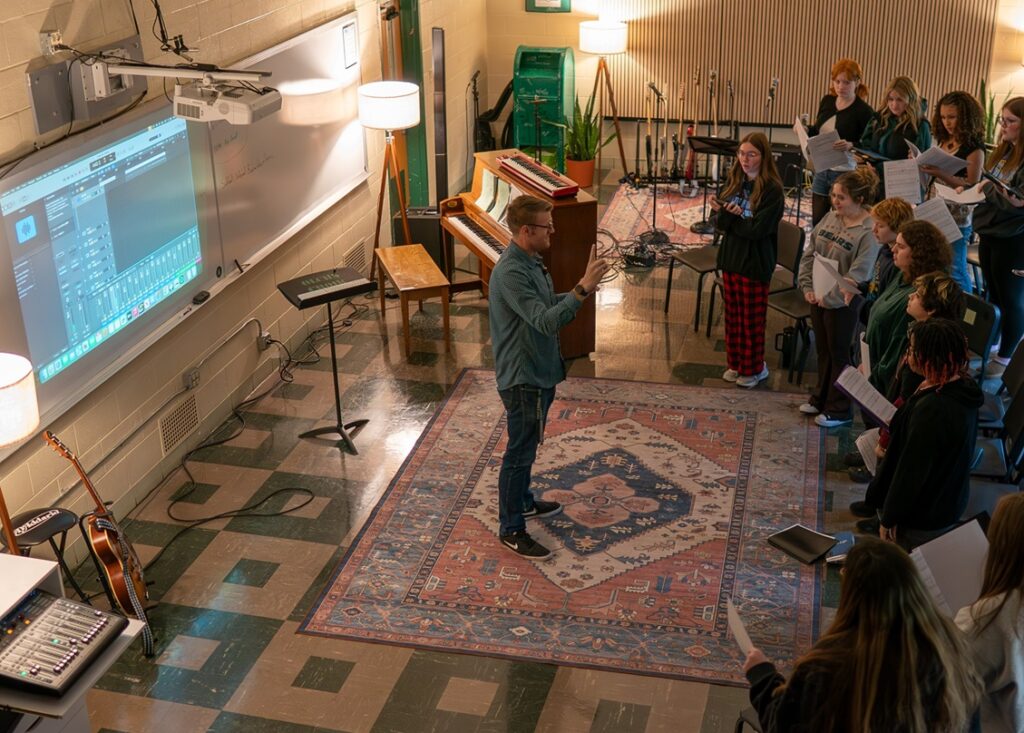The Do’s and Don’ts of a Successful Concert
Consider all of the elements of a concert and you will nourish your students’ development and enhance the audience’s enjoyment.
Few opportunities in education foster accountability through true and authentic presentation of student work in real time better than a well-planned and executed concert performance.
It is an outstanding way to showcase your music program and provide a genuinely enjoyable cultural experience for your community.
Careful consideration of all concert elements like engaging the audience, inviting student input and thoughtful pacing will assure a wonderful performance. What follows are some key do’s and don’ts that — with some planning, patience and creativity — will help you captivate everyone involved.
Song Selections
There are many factors to consider when deciding what to perform with your musicians.
DON’T pick music that is too technically challenging.
DO select pieces that showcase and expand your students’ skills.
DO create a program that the students feel comfortable presenting and that they feel is worth their time and effort.
DO consider letting students have some input into the musical selections.
You develop their trust and encouraging critical thinking skills by involving them in decision-making. In the end, you would use your expertise when evaluating their input, but the exercise can be rewarding for both you and your students.
Attention, Please
Many times, we as educators fail to take into account the people in the audience. This important constituency at most school concerts consists mainly of parents. They are both our most discriminating and our most supportive group.
DON’T assume they know everything!
DO take time to discuss audience etiquette with them in a friendly and enjoyable way.
DO make them feel that proper concert behavior is important to the students and parents.
Consider having a student read a short script detailing audience etiquette including the structure of selections with multiple movements, when to applaud, appropriate sound and noise levels (especially mobile phones and any small child that would like to lend his or her voice to the performance), and entering and leaving the venue. This simple yet important introduction can make the concert more enjoyable for everyone.
A Musical Adventure
A concert isn’t a jog on the treadmill; it’s a roller coaster ride!
DON’T perform selections that are too stylistically similar or that use similar tempos.
DO consider having a theme for your program.
The theme doesn’t need to be too literal or constraining. Choose a particular historical period, movie category or genre. Include the theme when marketing your performance on posters and social media and in email or school publications. This process can be a fun and exciting way to create anticipation for your performers and your audience.
DO take your audience on a journey.
Consider beginning with something short and high energy, then following it with a selection that is slower and more lyrical in nature, each with different tonal coloring. If you include an intermission, perform something energetic beforehand to keep your audience excited for the second half. Be sure to end the show with an exciting selection to tie a bow on the concert but leave your audience wanting more. If you plan ahead with this idea in mind, you’ll keep your students and audience engaged and lost in the music.
A Critical View
Ask students to openly evaluate their performance post-concert and share their perceptions of the total experience.
DO remember that your students or performers have the highest stake in the program. This experience is truly all for them.
Students can be extremely perceptive and insightful when we give them a voice.
In the End
The more we are willing to stand back and consider all of the elements involved in concert programming, the better the view gets!
DO remember that thoughtful planning and programming is an important part of our job.
DO keep the focus on providing students with the best environment for them to be successful.
DO remember that we learn as much from the process of detailed analysis and reflection as we do from the preparation for the performance.
Now … go get ’em!
Photo Courtesy of Christopher Ferrell
This article originally appeared in the 2017 V3 issue of Yamaha SupportED. To see more back issues, find out about Yamaha resources for music educators, or sign up to be notified when the next issue is available, click here.









